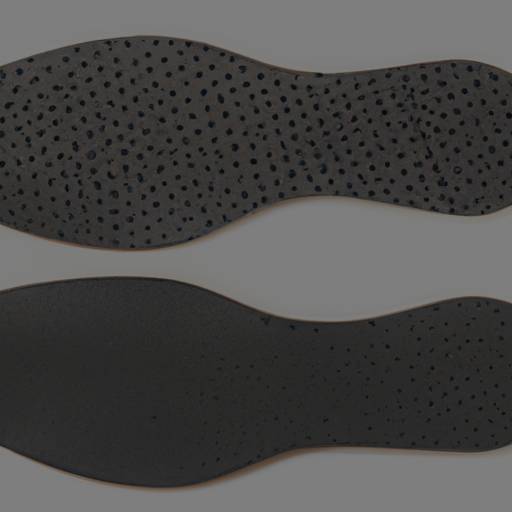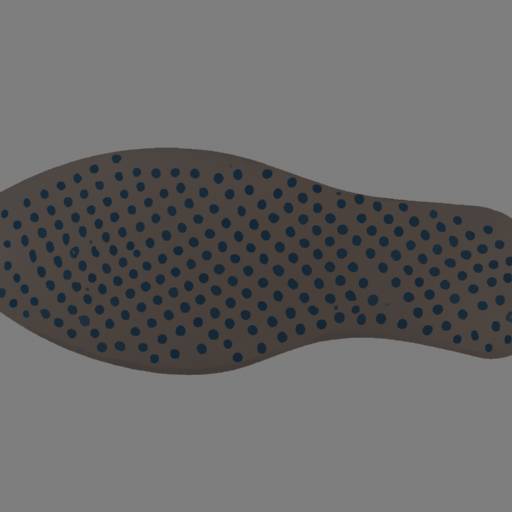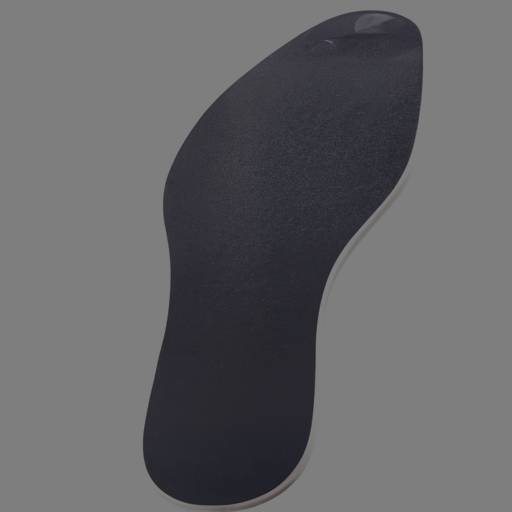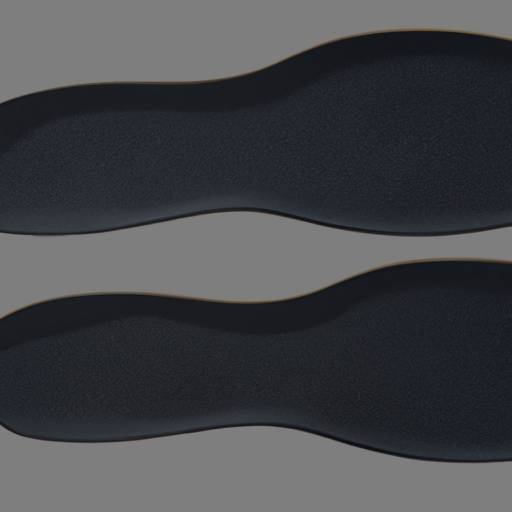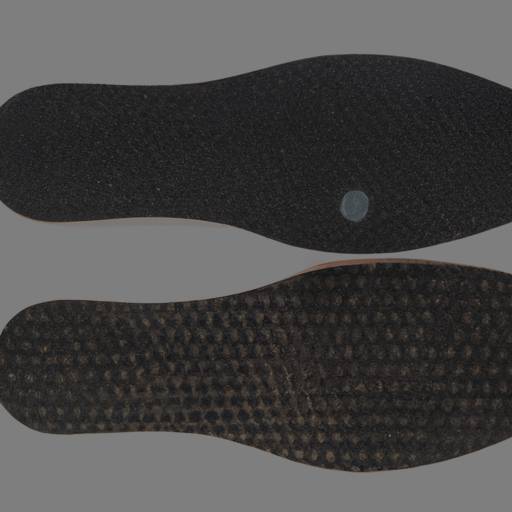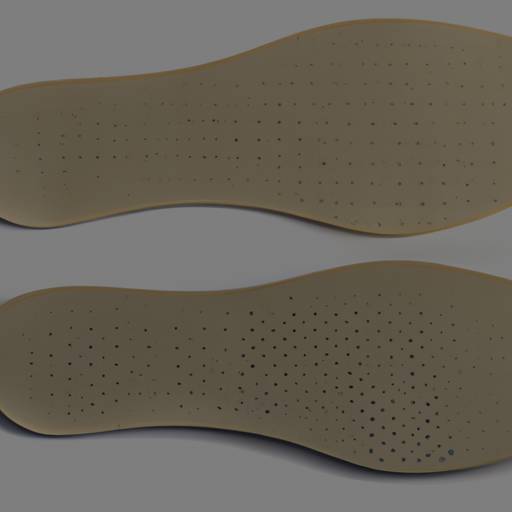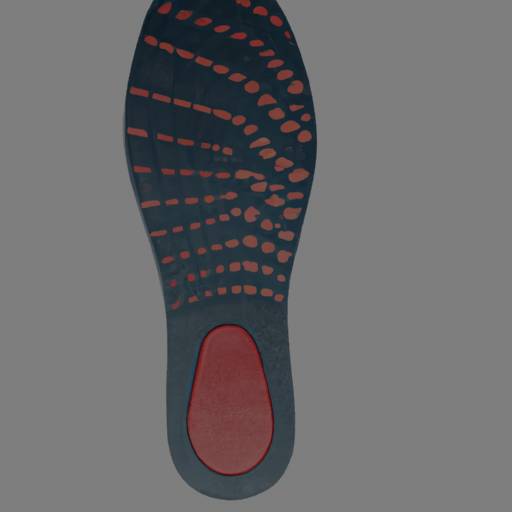Are Arch Supports Making Your Feet Weak?
The Role of Arch Supports
Arch supports are often used as a means of providing additional stability and comfort to the feet. They are typically designed to help distribute pressure evenly across the foot and provide support to the natural arch. In this section, we will explore the purpose and impact of arch supports on foot health.
Understanding Arch Supports
Arch supports, also known as orthotics or insoles, are inserts that can be placed inside shoes to provide support to the arch of the foot. They come in various shapes and sizes, and some are even custom-made to suit individual foot needs. Arch supports can be made from materials like foam, memory foam, or rigid materials such as plastic or carbon fiber.
The primary aim of arch supports is to help address common foot issues such as flat feet, high arches, or overpronation. They are designed to provide additional support to the arch and promote proper alignment of the foot while walking or standing. Arch supports can also help alleviate discomfort associated with conditions like plantar fasciitis or arch pain.
Common Claims About Arch Supports
There are several claims surrounding the use of arch supports. Some proponents argue that arch supports can help correct foot alignment issues and improve overall foot function. They believe that wearing arch supports can provide relief from foot pain and prevent future foot problems.
On the other hand, skeptics of arch supports suggest that relying too heavily on external support can potentially weaken the foot and its natural support system. They argue that the foot’s muscles and ligaments may become reliant on the support provided by arch supports, leading to a decrease in foot strength over time.
The Impact on Foot Strength
The debate about whether arch supports weaken the feet is ongoing. Those who advocate against arch supports argue that by relying on external support, the muscles and ligaments in the foot may become underutilized and therefore weakened. They believe that the foot’s natural ability to support itself and adapt to different surfaces may be compromised.
However, it’s important to note that the impact of arch supports on foot strength can vary from individual to individual. Some individuals may benefit from the additional support provided by arch supports, especially if they have pre-existing foot conditions or alignment issues. Others may find that gradually reducing reliance on arch supports and incorporating foot-strengthening exercises can help improve overall foot strength and function.
In the next section, we will delve deeper into the arguments both for and against the use of arch supports, shedding more light on this ongoing debate. It’s important to remember that finding the right balance between support and foot strength is key to maintaining healthy feet.
The Debate: Do Arch Supports Weaken Feet?
The topic of whether arch supports weaken feet is a subject of ongoing debate among experts and individuals alike. Let’s explore the arguments both for and against the use of arch supports.
Arguments Against Arch Supports
Some experts argue that relying too heavily on arch supports can potentially weaken the muscles and ligaments of the feet over time. They believe that by providing external support to the arches, the natural strength and stability of the feet can diminish. This can lead to a dependence on arch supports and a decrease in the foot’s ability to function optimally without them.
Furthermore, critics claim that arch supports may alter the natural alignment of the foot, potentially causing issues such as overpronation or underpronation. These misalignments can lead to additional foot problems, including discomfort, pain, and even injuries.
Arguments in Favor of Arch Supports
On the other hand, proponents of arch supports argue that for individuals with certain foot conditions or structural abnormalities, such as flat feet or high arches, arch supports can provide much-needed stability and alleviate discomfort. Arch supports can help distribute pressure evenly across the foot and reduce excessive strain on specific areas.
Advocates also suggest that arch supports can be beneficial in certain activities that involve prolonged standing or intense physical exertion. They argue that the additional support provided by arch supports can help prevent fatigue and reduce the risk of foot and leg pain associated with these activities.
It’s worth noting that the use of arch supports varies depending on individual needs and preferences. Some people may find that arch supports provide relief and improve their foot function, while others may prefer to rely on natural foot strength and flexibility.
Ultimately, the decision regarding the use of arch supports should be made on a case-by-case basis, taking into consideration factors such as foot structure, specific foot conditions, and individual comfort. It’s important to consult with a healthcare professional or a podiatrist for personalized advice and guidance.
In the next section, we will explore the importance of foot strength and the benefits it can bring. By understanding the natural foot arch and the advantages of strong feet, individuals can make informed decisions about their foot health and whether or not to use arch supports.
The Importance of Foot Strength
Understanding the importance of foot strength is essential when considering the debate surrounding arch supports. The natural arch of the foot plays a significant role in providing stability and support for the entire body. Strong feet contribute to overall foot health and can have a positive impact on various aspects of daily life.
The Natural Foot Arch
The natural arch of the foot is formed by the arrangement of bones, ligaments, and tendons. This arch acts as a shock absorber, helping to distribute the forces exerted on the feet during activities such as walking, running, and jumping. It also assists in maintaining balance and proper alignment of the body.
Having a well-developed natural arch allows the foot to adapt to different surfaces and absorb impact efficiently. This helps to reduce the risk of injuries and promotes better foot function. When the natural arch is weak or collapses, it can lead to issues such as flat feet, overpronation, and decreased overall foot stability.
Benefits of Strong Feet
Having strong feet offers numerous benefits that can positively impact daily activities and overall foot health. Here are some advantages of strong feet:
- Improved balance and stability: Strong feet provide a solid foundation for balance and stability, reducing the risk of falls and injuries.
- Enhanced athletic performance: Strong feet support proper alignment and efficient movement, enhancing athletic performance in activities such as running, dancing, and sports.
- Reduced foot pain: Strengthening the muscles, ligaments, and tendons of the feet can help alleviate foot pain caused by conditions like plantar fasciitis and Achilles tendonitis.
- Better posture: Strong feet contribute to better posture by promoting proper alignment of the feet, ankles, and lower body, which can minimize strain on the back and improve overall body alignment.
- Improved foot function: Strong feet provide better arch support and shock absorption, improving overall foot function and reducing the risk of foot-related issues.
To enhance foot strength, there are various exercises and activities that can be incorporated into a regular routine. These include calf raises, toe curls, foot stretches, and walking barefoot on different surfaces. It’s essential to listen to your body and gradually increase the intensity and duration of foot-strengthening exercises. For more information on exercises to strengthen your feet, check out our article on foot strengthening exercises.
Understanding the importance of foot strength can help inform the decision about whether or not to use arch supports. While arch supports may provide temporary relief or support in certain situations, it’s crucial to strike a balance between support and allowing the natural strength and function of the feet to develop. By incorporating foot-strengthening exercises and listening to your body’s needs, you can promote healthy foot function and overall foot well-being.
Finding Balance and Support
When it comes to foot health and comfort, finding the right balance between support and natural movement is essential. While arch supports may have their benefits for some individuals, there are alternative approaches to consider. Additionally, incorporating strengthening exercises for feet and listening to your body’s needs can contribute to overall foot health and strength.
Alternative Approaches to Arch Support
If you’re looking for alternatives to traditional arch supports, there are a few options to consider. One alternative is using memory foam insoles that provide cushioning and contour to the unique shape of your feet. These insoles offer a balance of support and comfort, allowing your feet to move naturally while still providing some arch support. To learn more about memory foam insoles, check out our article on memory foam insoles.
Another approach to consider is incorporating foot exercises into your routine. These exercises can help strengthen the muscles in your feet, including those that support the arch. Some exercises you can try include toe curls, calf raises, and picking up objects with your toes. Strengthening your feet can enhance their natural support system and reduce the reliance on external arch supports.
Strengthening Exercises for Feet
Strengthening exercises for your feet can be an effective way to improve foot health and stability. By targeting the muscles that support the arch, you can enhance the natural strength and flexibility of your feet. Here are a few exercises to incorporate into your routine:
- Toe curls: Sit in a chair with your feet flat on the floor. Curl your toes inward, trying to grab the floor with them. Hold for a few seconds, then release. Repeat this exercise several times.
- Calf raises: Stand with your feet hip-width apart. Slowly rise up onto your toes, lifting your heels off the ground. Hold for a moment, then lower back down. Repeat this exercise for several repetitions.
- Towel scrunches: Place a small towel on the floor in front of you. With your bare feet, use your toes to scrunch up the towel and pull it toward you. Release and repeat.
These exercises can help strengthen the muscles in your feet and improve their overall stability. Remember to start slowly and gradually increase the intensity as your feet get stronger.
Listening to Your Body’s Needs
Ultimately, the key to finding the right balance and support for your feet is listening to your body’s needs. Pay attention to how your feet feel throughout the day and during different activities. If you experience discomfort or pain, it may be a sign that you need additional support or that your feet could benefit from strengthening exercises.
Remember that everyone’s feet are unique, and what works for one person may not work for another. It’s important to prioritize your own comfort and foot health. If you have specific concerns or conditions, consulting a healthcare professional or a podiatrist can provide valuable insights and guidance tailored to your individual needs.
By exploring alternative approaches to arch support, incorporating strengthening exercises for your feet, and listening to your body’s needs, you can find the right balance of support and natural movement for your feet. Remember, foot health is a journey, and it’s important to prioritize the well-being of your feet every step of the way.

